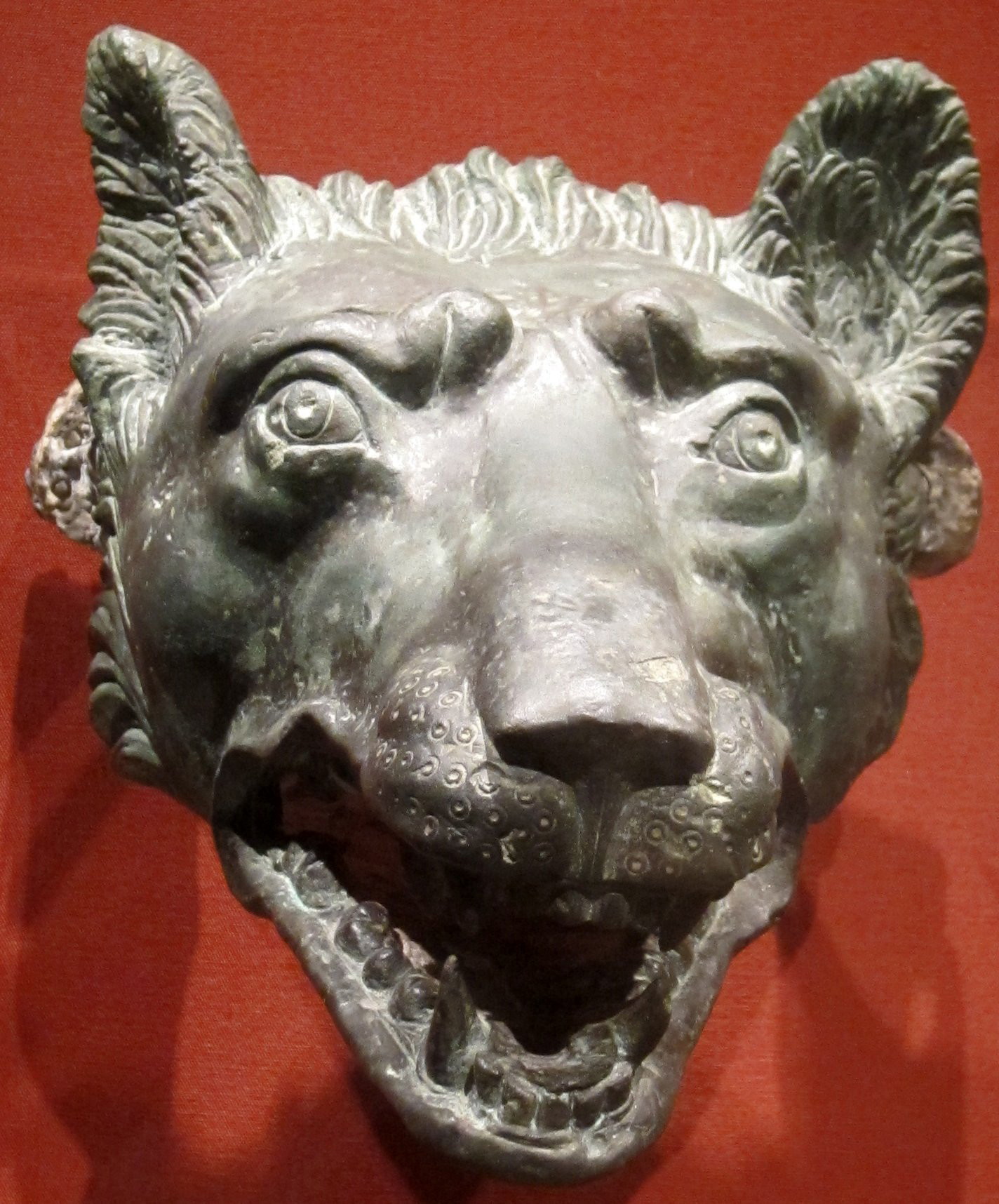The Origins of Valentine’s Day
On February 14th, the Western world round, lovers come together to celebrate their union. Secret admirers come out of the woodwork and deliver letters, candies, and other amorous gifts to their crushes. For some, it signifies just another day or one to celebrate the freedom of the single life. But why does it land on this particular date? As we look back through the past we find many of the same answers. Christian holidays are often pagan traditions disguised in a cloak of Catholicism. The ancient Roman celebrations of lore are at the root of many modern holidays and Valentine’s Day is no exception. As is the case with many folkloric characters, such as Saint Nicholas, there is a real-life counterpart. Saint Valentine was a man who walked this earth, although the stories of who he was vary, all can agree that love was at the root of his work. In the days before Catholic saints, the festival Lupercalia was held on February 15th to honor the fertility God Lupercus and even has its place in the story of Rome’s foundation. Take a dive into the origins of Valentine’s Day, with US Ghost Adventures new weekly feature.
Lupercalia

Source: Wikimedia Commons
Roman traditions are at the roots of Valentine’s Day, as is the case with any modern holiday. The festival of Lupercalia was held every year on February 15th, although there is a vague understanding of what Lupercalia was really all about. It is best put by 1st-century Roman scholar Marcus Terentius Varro “the Luperci [are so called] because at the Lupercalia they sacrifice at the Lupercal … the Lupercalia are so called because [that is when] the Luperci sacrifice at the Lupercal.” The root of the festival’s name is derived from the Roman word for wolf, Lupus, and is commonly associated with the wolf goddess Luperca. However, many Roman scholars have associated the festivities with the god of fertility, Innus, or the pastoral god Fannnus. No matter the deity, the traditions remained the same. Frivolity and carnage blended perfectly with the sacrifice of two animals unique to Lupercalia, a dog, and a goat. Generally, pigs, bulls, and sheep were sacrificed during such events, making this truly a special occasion. These sacrifices took place at Lupercal Cave on Palatine Hill and were performed by priests known as Luperci.
The Lupercal Cave is the site where Rome itself began. Twins Romulus and Remus were suckled to health here by the ancient she-wolf and thus began the Roman Empire. As such, this event held huge importance in Roman life and signified the beginning of spring and the resulting fertility. Great feasts were held and in true Roman decadence, chaos ensued. After the sacrifices, two youths, representing Romulus and Remus, are touched with a bloody knife and then cleaned with milk. The priests cut strips of flesh from the goats, known as “februa,” and proceed to run almost completely nude down Palatine Hill, striking any women they see along the way with these strips in order to promote fertility. It is because of this tradition that we now have the name February for the second month of the year. A far cry from the candy-gram-filled holiday we know today!
Saint Valentine

Source: Wikimedia Commons
As time went along the festival became more clothed and tempered. By 494 CE the church had banned the festival together. It was not a seamless transition between the paganistic traditions of Lupercalia and modern-day Valentine’s Day, but slowly the two merged. Saint Valentine is a saint shrouded in mystery but is always associated with courtly love, engaged couples, and marriage. There are about a dozen Saints that share his name, a common nomenclature between the second and eighth century, but Valentinus of Rome is the one celebrated every year on February 14th. There are varying stories regarding his martyrdom with the most accepted that he was beheaded by the Roman emperor Claudius II in 270 CE for marrying Christian couples in secrecy. Other stories claim he was the bishop of Terni and was also beheaded by Claudius II outside of Rome. Sounds rather confusing. Saint Valentine was actually removed from the official Roman Calendar of Saints in 1969, due to this confusion. But his holiday is still recognized by the Catholic Church and around the western world. In 496 CE, the date of February 14th was officially made Valentine’s Day, two short years after the banishment of Lupercalia. While the dates are offset by one day and no official connection exists, it is easy enough to ascertain that the Catholic Church attempted to replace the pagan holiday of fertility with the Catholic one.
So where do our traditions originate from today? The colors red and white are associated with the day and with the general ideas of love. They stem from the days of Lupercalia, the blood-stained knife and the white milk used to wipe the foreheads of the symbolic youths involved. The letters of love we leave each other on this special day may have originated with the saint himself. After imprisonment at the hands of the Catholic church, he fell in love with a jailor’s daughter. Trapped behind a cell he left her a letter, signed at the bottom “From Your Valentine.”
Valentine’s Day

Source: Flickr
While this may have just been a myth, leaving Valentines was a common practice as far back as the 1400s. One of the most famous was a letter written on February 14th, 1415 from Charles the Duke of Orleans, imprisoned in the Tower of London, to his wife. This letter is now held in the British Library in London in the manuscript section. Many in Medieval England and France saw February as a time when birds paired up for the upcoming year and the time period began to be associated with love and admiration. The holiday did not come to true popularity until the 17th century, however. By the 1800s writing Valentines was a yearly occurrence and was practiced by all social classes, not just the rich. Gifts and coins were exchanged along with letters. Ready-made cards we know today began appearing in the 20th century and the holiday came into full fruition. This Valentine’s Day is sure to make your loved one know you’re thinking of them. Perhaps skip out on the strips of goat flesh and debauchery, unless that’s what you’re into of course! Happy Valentine’s Day to everyone, even those without a special someone. Continue reading our blog to hear more stories about Valentine’s Day to raise your spirits! Some aren’t as romantic as you’d think!
Source:
Featured Image Source: Lookandlearn
http://penelope.uchicago.edu/~grout/encyclopaedia_romana/calendar/lupercalia.html
https://www.history.com/topics/valentines-day/history-of-valentines-day-2
https://www.history.com/topics/ancient-rome/lupercalia
https://www.mentalfloss.com/article/572191/lupercalia-ancient-roman-festival-facts
https://www.britannica.com/topic/Lupercalia
https://www.catholic.org/saints/saint.php?saint_id=159
https://www.history.com/news/6-surprising-facts-about-st-valentine



